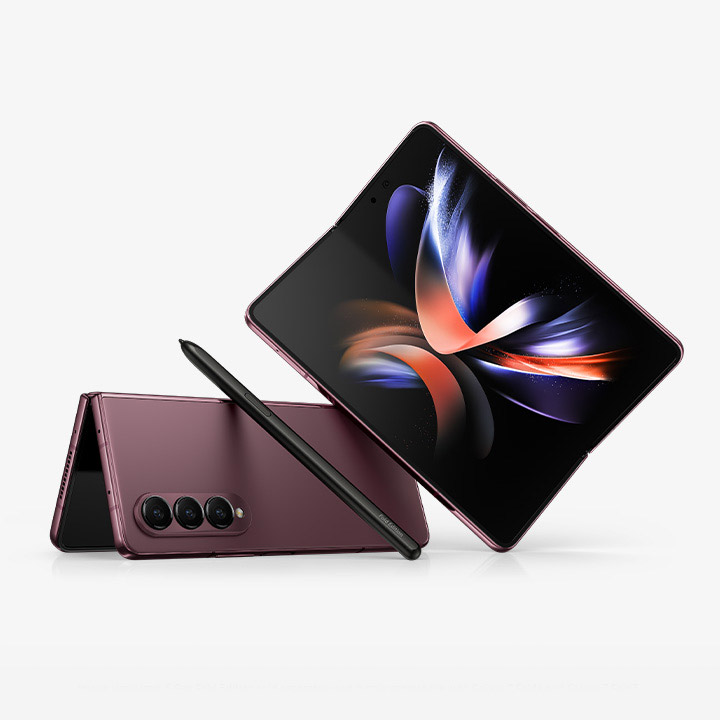
The advent of the smartphone has revolutionized the way we communicate, access information, and carry out our daily lives. From the first smartphones in the late 1990s and early 2000s to today’s latest models, the technology has continued to evolve and improve at a rapid pace. As we look ahead to the future of phone technology, it’s clear that the changes we can expect will be just as groundbreaking as those that have come before. In this article, we’ll explore some of the key trends that are shaping the future of phone technology and what we can expect from our devices in the years to come.
Foldable Screens
One of the most exciting developments in phone technology in recent years has been the introduction of foldable screens. These screens use flexible OLED displays that can be bent and folded without breaking, allowing for new form factors that were previously impossible. The Samsung Galaxy Fold, for example, features a 7.3-inch foldable display that can be opened up to reveal a tablet-sized screen. Other manufacturers, including Huawei and Motorola, have also released foldable phones in recent years.
As the technology behind foldable screens continues to improve, we can expect to see more devices that take advantage of this new form factor. Foldable screens allow for larger screens without sacrificing portability, making them ideal for everything from watching movies to gaming. They also allow for more flexibility in how we use our phones. For example, we may see phones that can fold out to become a mini laptop, with a full-size keyboard and touchpad.
5G Connectivity
Another trend that is set to have a major impact on phone technology in the coming years is the rollout of 5G networks. 5G promises to deliver much faster download and upload speeds than 4G, with lower latency and more reliable connections. This will make it possible to stream high-quality video, play online games, and use other data-intensive applications on our phones with ease.
As 5G networks become more widespread, we can expect to see more phones that are optimized for this new technology. Manufacturers are already releasing 5G-enabled phones, and we can expect this trend to continue as the networks become more widespread. 5G may also enable new applications and use cases for phones that weren’t possible before. For example, we may see the rise of virtual and augmented reality applications that take advantage of the high-speed, low-latency connections offered by 5G.
Improved Cameras
The cameras on our phones have come a long way in recent years, and this trend is set to continue in the future. Manufacturers are investing heavily in camera technology, with new sensors, lenses, and software algorithms that are designed to improve the quality of photos and videos taken with our phones. For example, some phones now feature multiple camera lenses, allowing for better zoom, improved low-light performance, and more advanced depth sensing.
As camera technology continues to improve, we can expect to see even more impressive features and capabilities in the future. For example, we may see phones that are capable of capturing ultra-high-resolution photos and videos, or that can take photos with advanced features like depth mapping and 3D modeling. We may also see improvements in software algorithms that allow for better image stabilization, faster autofocus, and more advanced image processing.
Artificial Intelligence
Artificial intelligence is already playing a significant role in phone technology, and this trend is set to continue in the future. AI algorithms are used for everything from optimizing battery life to improving camera performance to providing more personalized recommendations and search results. As AI technology continues to improve, we can expect to see even more advanced applications of this technology in our phones.
For example, AI could be used to power advanced voice assistants that are capable of carrying out more complex tasks and providing more accurate responses. It could also be used to enhance the security of our phones, allowing for more advanced biometric authentication and facial recognition systems. AI could also be used to improve the efficiency of our phones, optimizing power usage and performance to extend battery life and improve overall performance.
In addition to these practical applications, AI could also play a role in the development of new phone features and capabilities. For example, we may see phones that are capable of recognizing and responding to different emotions or that can anticipate our needs based on our previous behavior and preferences.
Flexible Batteries
The battery life of our phones is a constant concern for many users, and manufacturers are constantly searching for ways to improve this aspect of phone technology. One potential solution is the development of flexible batteries that can be bent and shaped to fit the form factor of the phone.
Flexible batteries are still in the early stages of development, but they hold promise for the future of phone technology. These batteries could be integrated directly into the phone’s body, allowing for more efficient use of space and potentially longer battery life. They could also allow for new form factors that were previously impossible, such as phones that can be rolled up or folded in half.
Advanced Haptic Feedback
Haptic feedback is the technology that allows our phones to vibrate or give us tactile feedback when we interact with the screen or buttons. While haptic feedback has been a part of phone technology for many years, advances in this technology are set to transform the way we interact with our devices.
New haptic feedback systems are being developed that are capable of providing more nuanced and realistic sensations. For example, we may see phones that are capable of simulating the feel of different textures or that can provide more precise feedback when we touch the screen or buttons. This could lead to more immersive and intuitive interactions with our phones, making it easier to navigate menus and interfaces without looking at the screen.
Conclusion
The future of phone technology is full of exciting possibilities, from foldable screens to 5G connectivity to advanced AI and haptic feedback systems. As these technologies continue to evolve and improve, we can expect to see phones that are more powerful, more flexible, and more intuitive than ever before.
However, with these new capabilities come new challenges. As phones become more complex and feature-rich, they may also become more difficult to use and navigate. It will be important for manufacturers to prioritize user experience and usability, ensuring that these advanced features are intuitive and easy to access.
Privacy and security will also be a concern, particularly as phones become more connected and collect more data about our lives. Manufacturers will need to prioritize data privacy and security, implementing strong encryption and other measures to protect user data from prying eyes.
Overall, the future of phone technology looks bright, with endless possibilities for innovation and improvement. As these technologies continue to evolve, we can look forward to a more connected, intuitive, and personalized experience with our devices.






